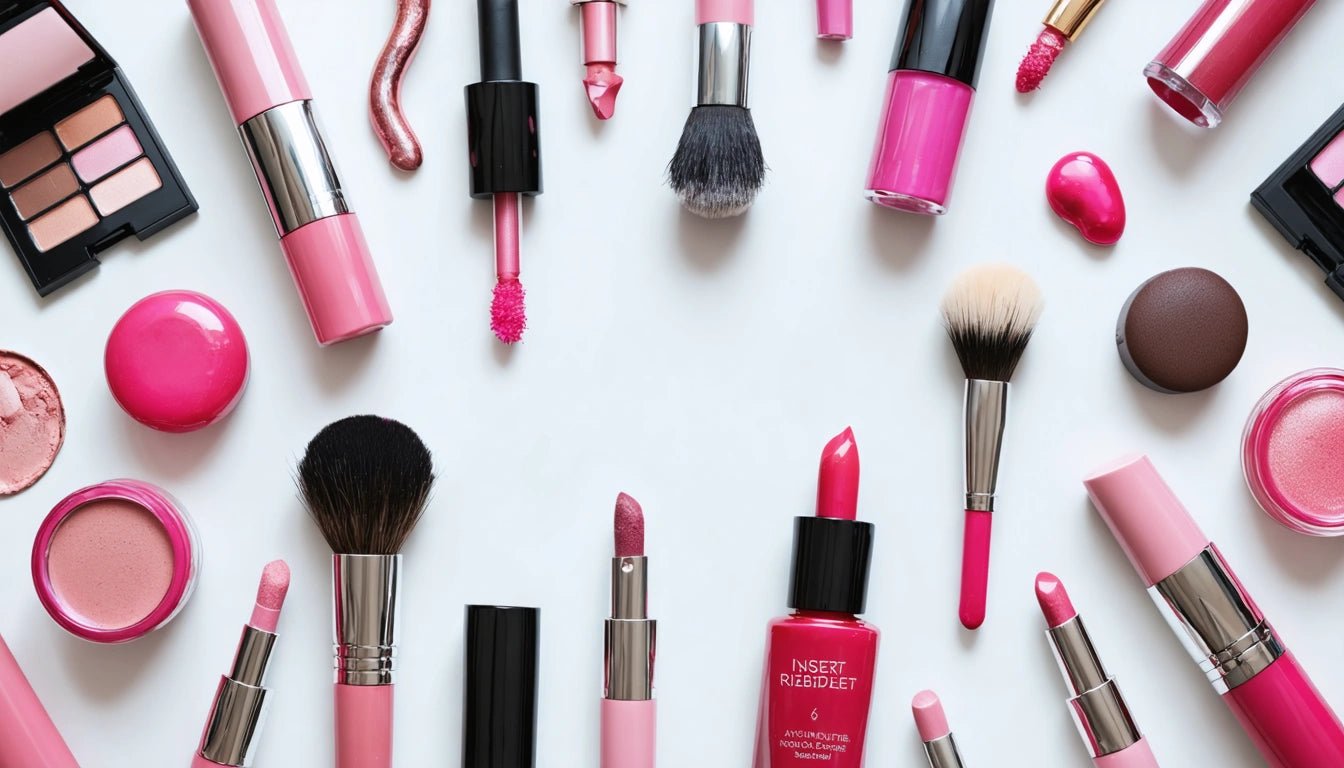Table of Contents
Top Cosmetic Brands: The Best, Most Popular, and Luxury Picks Worldwide
The cosmetics industry continues to evolve with innovative formulations, sustainable practices, and expanding global reach. Understanding the top cosmetic brands worldwide helps consumers make informed choices based on quality, price point, and brand values. This comprehensive guide explores the best cosmetic brands in the world across various categories, from luxury to natural options.
Global Leaders in the Cosmetic Industry
When discussing the top cosmetic brands in the world, several names consistently appear at the forefront of industry rankings. L'Oréal Paris, Estée Lauder, and Chanel have established themselves as powerhouses through decades of innovation and market expansion.
L'Oréal Group, as the largest cosmetic company globally, oversees numerous popular cosmetic brands including Maybelline, Lancôme, and its namesake L'Oréal Paris. Their extensive research facilities and global distribution networks have solidified their position as a top cosmetic brand.
Estée Lauder Companies owns several prestigious brands including MAC Cosmetics, Bobbi Brown, and Clinique. Their focus on premium formulations and targeted skincare solutions has earned them recognition among the best cosmetics brands for discerning consumers.
Luxury Segment: Most Expensive Cosmetic Brands
The most expensive cosmetic brands offer exclusive formulations, rare ingredients, and sophisticated packaging that justify their premium pricing. Brands like La Mer, Sisley Paris, and La Prairie represent the pinnacle of luxury skincare and makeup.
La Mer, famous for its Crème de la Mer moisturizer, utilizes sea kelp and other marine ingredients in its proprietary "Miracle Broth" formula. A single jar can cost hundreds of dollars, positioning it firmly among the most expensive cosmetic brands worldwide.
Similarly, Swiss brand La Prairie offers innovative anti-aging products incorporating platinum, gold, and caviar extracts. Their Platinum Rare collection exemplifies luxury cosmetics with prices reaching over $1,000 for certain products.
Luxury Brand Price Points
- La Mer: $95-$2,400
- La Prairie: $200-$1,500
- Sisley Paris: $100-$800
- Clé de Peau Beauté: $75-$795
- Guerlain: $40-$1,600
Best Rated Cosmetics: Consumer Favorites
The best rated cosmetics earn their reputation through consistent performance, innovative formulations, and positive consumer feedback. According to industry analyses of the best makeup brands, several companies stand out for their exceptional product quality.
Fenty Beauty, founded by Rihanna, revolutionized the industry with its inclusive 40-shade foundation range. This commitment to diversity helped establish it as one of the most popular cosmetic brands among consumers of all skin tones.
NARS, known for its iconic Orgasm blush, consistently receives high ratings for its pigmented formulations and sophisticated color palettes. Their products feature prominently in professional makeup artists' kits worldwide.
For those interested in exploring product presentation alongside formulation, many brands are now focusing on innovative packaging solutions similar to those specialized packaging options in other industries that prioritize both functionality and aesthetic appeal.
The best cosmetic brand for any individual depends on personal preferences, skin type, desired results, and budget considerations. Most top brands offer products across multiple price points and formulation types.
Market Dominance: Biggest Cosmetic Brands
The biggest cosmetic brands wield significant influence through their extensive product lines, global distribution networks, and marketing power. Market insights on top beauty companies reveal the following leaders:
Top 5 Cosmetic Companies by Revenue
- L'Oréal Group: $38.2 billion
- Unilever: $24.1 billion (beauty segment)
- Estée Lauder Companies: $17.7 billion
- Procter & Gamble: $14.6 billion (beauty segment)
- Shiseido: $8.9 billion
These conglomerates own multiple brands across different market segments, allowing them to capture diverse consumer demographics. For example, L'Oréal Group targets luxury consumers with Lancôme and YSL Beauty while reaching mass-market shoppers with L'Oréal Paris and Maybelline.
Natural and Organic: Top Natural Cosmetic Brands
The growing consumer demand for clean beauty has elevated top natural cosmetic brands to mainstream prominence. These companies prioritize plant-based ingredients, environmental sustainability, and transparent manufacturing practices.
Tata Harper pioneered luxury natural skincare with formulations created on its Vermont farm. Their products contain up to 72 active ingredients, demonstrating that natural formulations can deliver sophisticated results.
Ilia Beauty has gained recognition for its "clean makeup" approach, creating high-performance color cosmetics with organic ingredients. Their Multi-Stick and Super Serum Skin Tint SPF 40 have become cult favorites among clean beauty enthusiasts.
Sustainability practices among beauty brands have become increasingly important to consumers who prioritize both personal and environmental health.
Clean Beauty Certification Standards
- COSMOS (Cosmetic Organic Standard)
- USDA Organic
- EWG Verified
- Leaping Bunny (cruelty-free)
- ECOCERT
Future Directions: Innovation and Sustainability in Cosmetics
The future of top cosmetics brands will be shaped by technological innovation, sustainability initiatives, and changing consumer preferences. Several trends are already emerging that will likely influence what constitutes the best cosmetic brand in coming years.
Personalization technology is allowing brands to create custom formulations based on individual skin analysis. Companies like Proven Skincare use artificial intelligence to formulate products tailored to specific concerns, environments, and genetic factors.
Waterless beauty products are gaining popularity as brands seek to reduce their environmental footprint. Concentrated formulations that require no water during manufacturing help conserve this precious resource while often delivering more potent active ingredients.
As packaging design evolves, more brands are adopting refillable containers and biodegradable materials to minimize waste. This focus on sustainable packaging represents a significant shift in how the most popular cosmetic products are presented and consumed.
Whether seeking luxury indulgences, clean formulations, or budget-friendly options, today's cosmetics landscape offers unprecedented choice. The best cosmetic brand ultimately depends on individual priorities, but understanding industry leaders across different categories provides a valuable starting point for informed decisions.



















